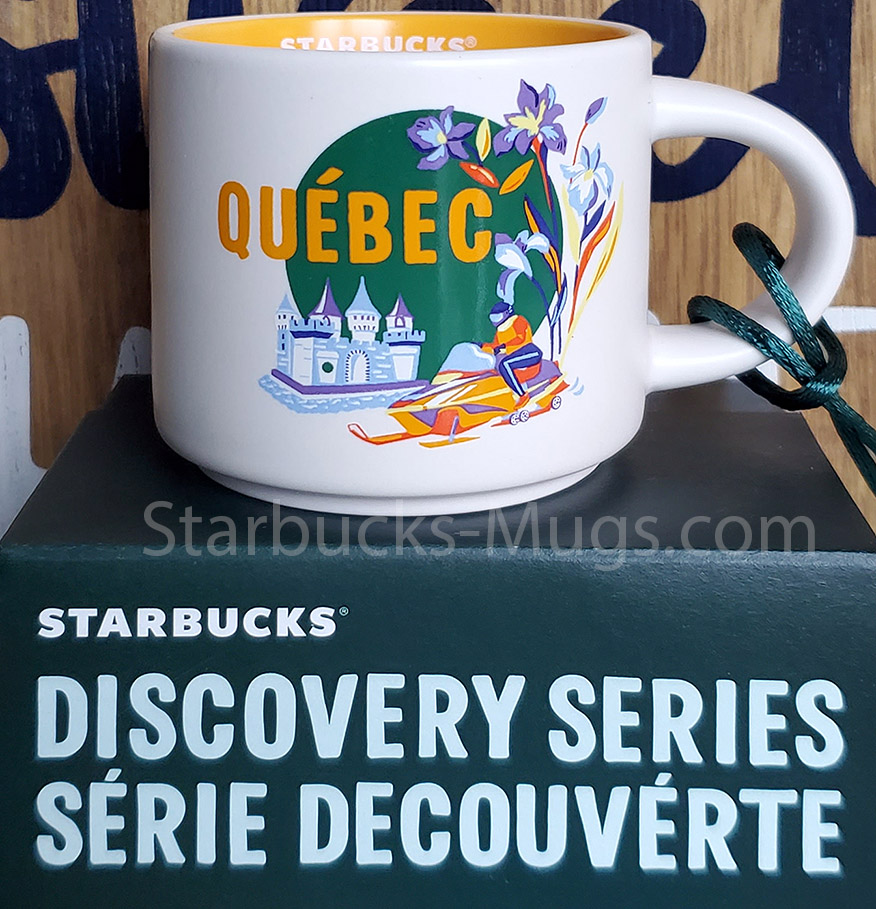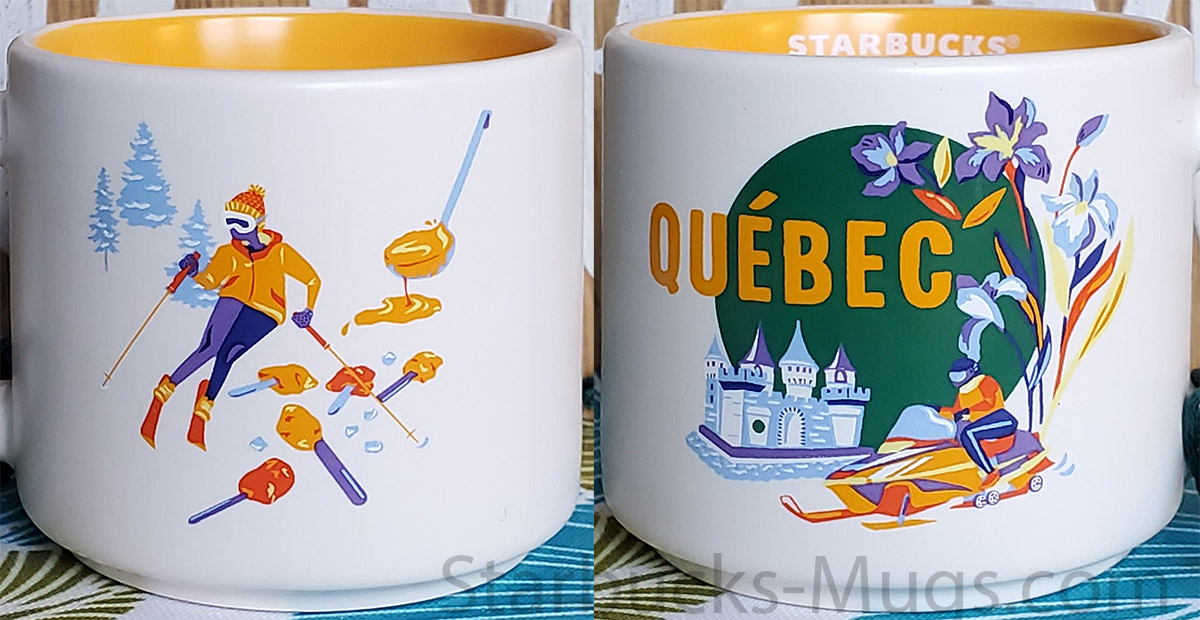
Discovery Series Ornament – Québec
Starbucks is going big with the releases for its new collection. I realized that when I saw them revealing some locations that never received their own mug or ornament. The brand-new Discovery Series Ornament – Québec is a perfect example of that since none of the Canadian provinces and territories had an ornament until now. I believe this is a sign that the Discovery Collection will be huge.
Québec is a predominantly French-speaking province, and this is why we’re seeing the title using the French spelling. Originally inhabited by Indigenous peoples, it was colonized by France in 1608 when Samuel de Champlain founded Quebec City. The region became a pivotal battleground in the struggle between France and Britain for control of North America, culminating in the British conquest of 1760. Despite the change in imperial power, Quebec maintained its distinct French language, culture, and legal system. Throughout the 20th century, Quebec experienced significant social and political changes, including the Quiet Revolution of the 1960s, which modernized the province and sparked debates about its place within Canada that continue to shape its identity today.
The front of the ornament showcases the blue flag iris (Iris versicolor), also known as the “fleur-de-lis” in French. It was adopted as Quebec’s official floral emblem in 1999. This beautiful perennial plant is native to eastern North America, including Quebec, and typically grows in wetlands and along shorelines. It features striking blue-violet flowers with yellow and white markings, blooming in late spring to early summer. The choice of the blue flag iris as Quebec’s symbol reflects both the province’s natural heritage and its cultural ties to France, as the iris has long been associated with French heraldry. This elegant wildflower serves as a living representation of Quebec’s unique identity within Canada.
We can also see a person enjoying a skidoo ride. This type of transportation holds a special place in Quebec’s winter culture, with the province being a major hub for snowmobile enthusiasts and manufacturers. This connection is largely due to the innovative work of Joseph-Armand Bombardier, a Quebec native who invented the track traction system suitable for all kinds of snow conditions. Bombardier’s company, which began in Valcourt, Quebec, revolutionized winter transportation with the introduction of the Ski-Doo in 1959. The popularity of snowmobiles exploded in Quebec, not only as a recreational vehicle but also as a practical means of transportation in snow-covered areas. Today, Quebec boasts over 20,000 miles of groomed snowmobile trails, attracting both locals and tourists.
The building that we can also see on the front of the ornament is probably an attempt to depict the ramparts of Quebec City with the Château Frontenac in the background. The first is a city wall that surrounds the western end of Old Quebec’s Upper Town, while the second is a hotel and an iconic landmark of the city. I have to mention, that this is probably not the best illustration of the hotel, as it is missing the central and tallest tower that is dominating over the buildings surrounding it. Built in the late 19th century by the Canadian Pacific Railway, Château Frontenac is overlooking the St. Lawrence River. With its striking fairytale-like architecture featuring steep copper roofs and turrets, the Château Frontenac dominates the city’s skyline and is often considered the most photographed hotel in the world.
In Quebec, making “tire d’érable sur la neige” (maple taffy on snow) is a beloved winter tradition. The process involves heating pure maple syrup to about 115°C (240°F), then pouring the hot syrup in strips onto clean, packed snow. As the syrup rapidly cools on the snow, it becomes taffy-like in consistency and is then rolled onto a popsicle stick to create a sweet, sticky treat that embodies the essence of Quebec’s maple culture.
P.S. the typo on the box is still there.























































































